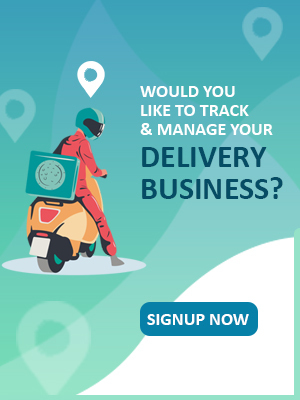So, the meeting’s at 4 PM, and you ordered your food at 2:45 PM. By your calculations, the food should arrive within thirty minutes, and you’ll have plenty of time to enjoy it before the meeting.
The only problem is that the food arrived at 3:45 PM, and you had to gobble it somehow before the meeting. And, the food wasn’t even good! You are ready to tweet about it, which would affect the brand’s reputation: not only was the delivery late but the quality was compromised. Now, even if the food was delicious, you shouldn’t have to wait for so long and finish it up in a hurry.
It’s not like the delivery guy took special efforts to make sure your food was delivered late! In fact, even he has to face repercussions for the delay he caused.
The problem here lies in the fact that the last-mile delivery challenges couldn’t have been met.
The importance of handling last mile logistics
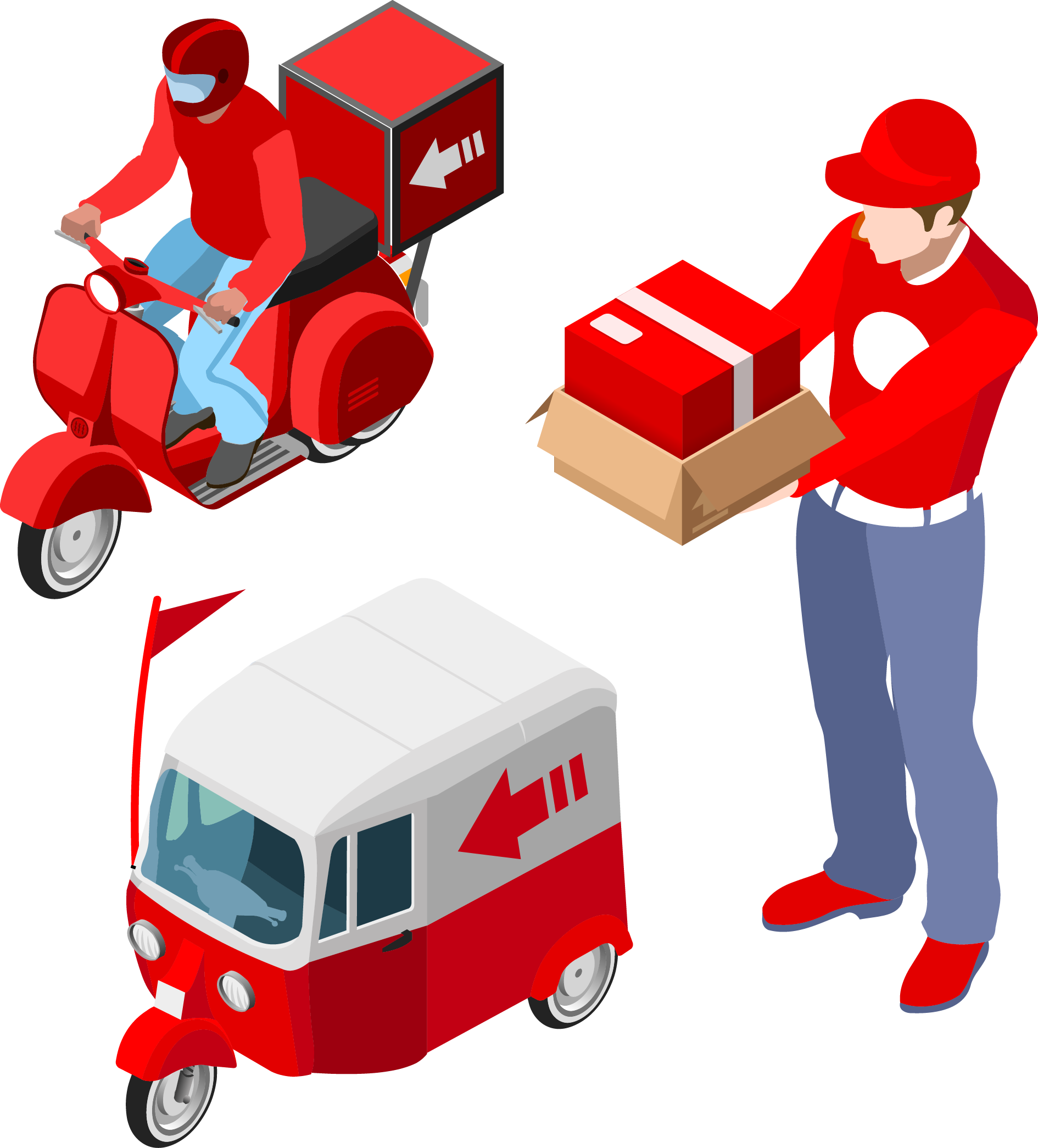 Last mile logistics is a common term in road transportation. It basically refers to the procedure of moving the products from the last stop in transit to the final point in the destination. The term last mile is used rather figuratively, than literally, and the distance covered under this is generally ten to hundred miles.
Last mile logistics is a common term in road transportation. It basically refers to the procedure of moving the products from the last stop in transit to the final point in the destination. The term last mile is used rather figuratively, than literally, and the distance covered under this is generally ten to hundred miles.
It is basically a unique term to road transportation that acts as the final hitter for the transport channels with the completion of the ultimate delivery stage. Besides, road transportation is unlike other types of logistics as there is no single route or destination over which it moves along, like from one airport to another, or one port to another.
The biggest challenges of last mile logistics
 Shippers working in business-to-business (B2B) or business-to-customer (B2C) deliveries face almost the same challenges in terms of last mile logistics. However, since business-to-customer deliveries are greater in variety and volume, they face problems the most.
Shippers working in business-to-business (B2B) or business-to-customer (B2C) deliveries face almost the same challenges in terms of last mile logistics. However, since business-to-customer deliveries are greater in variety and volume, they face problems the most.
There is no part of the supply chain that has as much to deal with customer experiences as last mile logistics. So, taking care of it is of utmost importance, and here are the challenges that come to the forefront in that regard.
Read Also – How to Choose the Right Logistics Delivery Management Software?
The speed of delivery
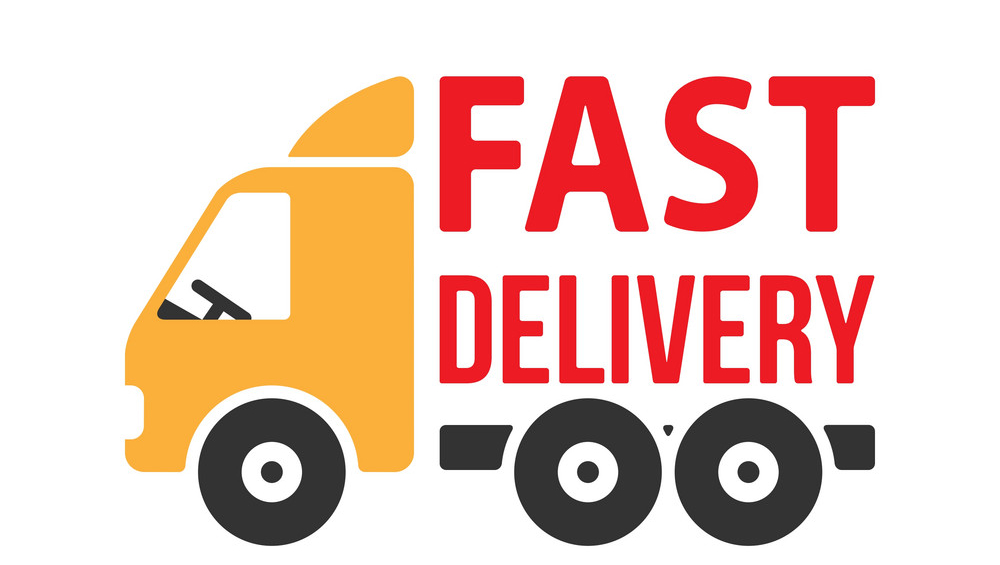 Customers expect speedy delivery. Period. To make sure that the things are delivered just in time, the last mile logistics need to move at a faster pace.
Customers expect speedy delivery. Period. To make sure that the things are delivered just in time, the last mile logistics need to move at a faster pace.
Nowadays, customers do not hesitate to shell out a few extra bucks for same day or next day delivery, which means B2C shippers have enough reasons to strive to close shorten the time for deliveries.
In case of B2B shippers, it is more about maintaining their relevance in the market. When the shipper sends the products to a manufacturer or retailer fast enough, it gains a competitive advantage over the other businesses in the vertical. Besides, it is not like the B2B customers do not expect a speedy delivery of products to carry on with their daily work.
The delivery environment
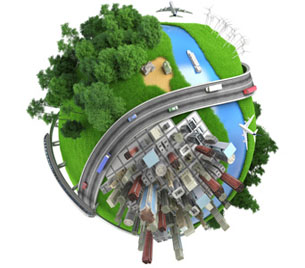 With the suburbs and cities becoming dense increasingly, it becomes more and more difficult for the last mile professionals to execute different routes. The density makes the road get less safe, and the chances of accidents increase, unfortunately.
With the suburbs and cities becoming dense increasingly, it becomes more and more difficult for the last mile professionals to execute different routes. The density makes the road get less safe, and the chances of accidents increase, unfortunately.
Going beyond the boundaries of the city, there are even rural customers who want a quick turnaround. The shippers no longer limit themselves to any delivery area. They need to offer quick delivery everywhere, by moving past the challenges of last-mile logistics.
In fact, B2C shippers deal with customer availability issues as well at the time of home delivery. The customer might not be home, and two or three delivery attempts might be needed for dispensing the package.
The cost factor to consider
 Studies suggest that 53 percent of the total shipping costs for any average company end up being spent in last mile logistics. The rise and rise of e-commerce is one of the many reasons for this extended cost of shipment that it leads to.
Studies suggest that 53 percent of the total shipping costs for any average company end up being spent in last mile logistics. The rise and rise of e-commerce is one of the many reasons for this extended cost of shipment that it leads to.
With so many online retailers offering free shipping to the first time buyers, and to increase the final amount put in the cart, the shoppers do not really want to pay any shipping charges anymore. Thus, the retailer has to take the entire cost of shipping, which justifies the expenses as the loss-leader for promoting greater volume in the competition.
Read Also – How Can A Logistics Company Reduce Its Delivery Cost?
The viable solutions to meet the challenges
 There have been so many technologies and ways devised to simplify the system of last minute logistics, and to just keep up with the demands. Here’s taking a look at some of them.
There have been so many technologies and ways devised to simplify the system of last minute logistics, and to just keep up with the demands. Here’s taking a look at some of them.
Route optimization to increase delivery speed
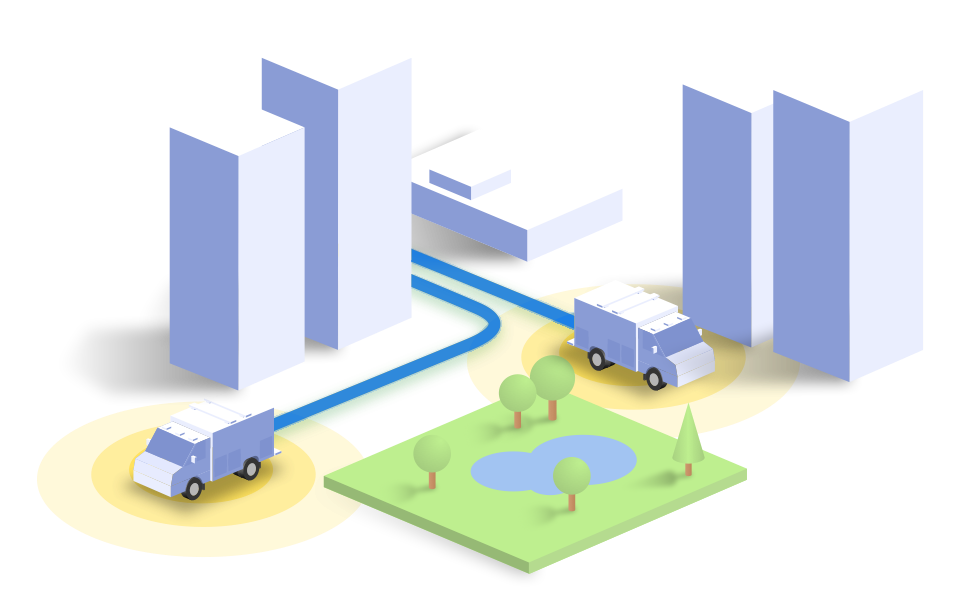 Route optimization can help in saving a whale of time in terms of last mile logistics. Though functions like route planning and global positioning has been around for years, Artificial Intelligence (AI) is still using advanced data interpretations for making the industry take note.
Route optimization can help in saving a whale of time in terms of last mile logistics. Though functions like route planning and global positioning has been around for years, Artificial Intelligence (AI) is still using advanced data interpretations for making the industry take note.
This is the kind of machine learning that does not just tell drivers the right ways to maneuver through routes. These are advanced systems that analyze weather patterns, traffic congestion, and road conditions, to predict and recommend the right routes in real-time.
The system will also track every inch of progress, which means a clear outline of the supply chain will be visible. Software like this also helps in collision avoidance and driver management.
Improved connections with vendors and drivers
 The shippers absolutely have to hire and keep good drivers to meet the challenges of last mile delivery. They can have their own drivers or hire third party services, but they need to emphasize on effectively carrying out last mile logistics. It is always a good idea to have higher salaries and incentives for drivers who excel in the work.
The shippers absolutely have to hire and keep good drivers to meet the challenges of last mile delivery. They can have their own drivers or hire third party services, but they need to emphasize on effectively carrying out last mile logistics. It is always a good idea to have higher salaries and incentives for drivers who excel in the work.
Serious and experienced drivers are usually more productive everyday as they gather more information about the route they take. Besides, the professional drivers know that customer service is that of their job in B2C and B2B deliveries, and they do not let their company down in that regard.
Fixed locations for picking up the items
 This happens mostly in case of B2C deliveries. Retailers let the customers collect their order from a specific location like some other retail outlet or a storage locker, or maybe ever a cell phone shop or convenience store.
This happens mostly in case of B2C deliveries. Retailers let the customers collect their order from a specific location like some other retail outlet or a storage locker, or maybe ever a cell phone shop or convenience store.
Usually, this is the path that they take when they have failed to deliver a package multiple times to a customer because the customer wasn’t at home.
Robots and drones to go the extra mile
 Skeptics were raising alarms all around when Amazon declared that it wants to use drones to deliver some of the packages eventually. However, the Prime Air program that came up after that was not everything it was hoped to be.
Skeptics were raising alarms all around when Amazon declared that it wants to use drones to deliver some of the packages eventually. However, the Prime Air program that came up after that was not everything it was hoped to be.
Read Also – How the Delivery Tracking Apps are Changing the Logistics Industry?
Many studies believe that using autonomous vehicles for last-mile delivery will increase by 85 percent by 2025. And, if you believe what the industry experts are saying, maybe there will be small robots walking down the lanes next time, delivering packages door-to-door.
Summing up
The only way companies have to meet the rising challenges of global B2B and B2C deliveries is to tackle the last mile logistics challenges successfully through using delivery management software. There have been many innovations already that help the companies in meeting their delivery challenges, and more innovations are underway.
Like what you’re reading?
Get on a free consultative call with our team of industry experts to explore the possibilities on the subject.






